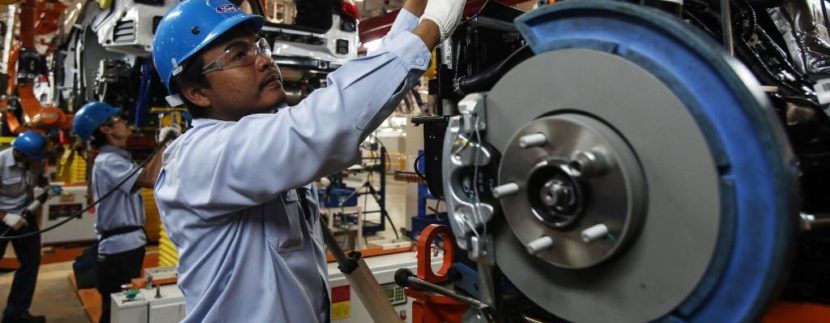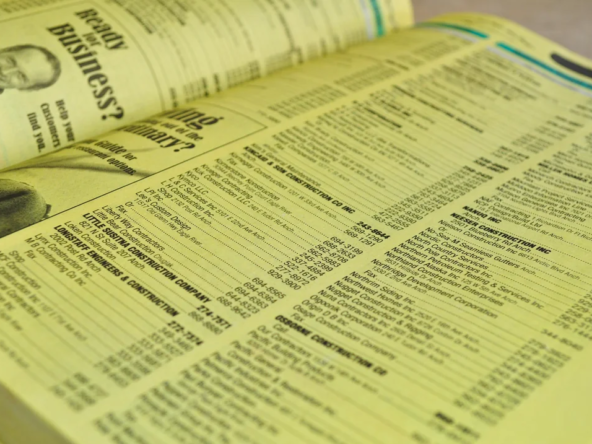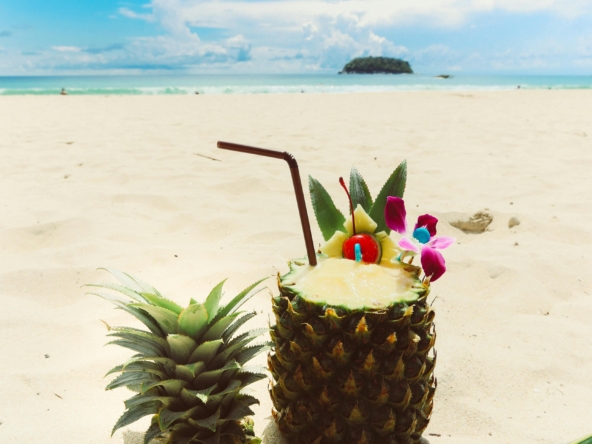INDUSTRIES AND MANUFACTURING IN THAILAND
Manufacturing and industry have played a significant role in Thailand’s economic growth. Since most manufactured products are export items they bring tremendous amount of income to the country each year. Major Industries include: tourism, textiles and garments, agricultural processing, beverages, tobacco, cement, light manufacturing such as jewelry and electric appliances, computers and parts, integrated circuits, furniture, plastics, automobiles and automotive parts.
Thailand is presently also a major center of the auto assembling industry in Southeast Asia. The industry creates employment and income for Thailand and the Thai people, and enables further development of the steel production industry. In addition, world’s second-largest tungsten producer and third-largest tin producer
Thailand is Asia’s most developed auto parts market and a hub for the likes of Toyota, Honda and Mercedes-Benz, making cars and car parts the country’s No. 1 export in 2012. The floods in 2011 disrupted more than 100 components makers.
Thailand is the second-largest exporter of computer hard drives and makers other components used in personal computers. Thailand’s electronics industry faces competition from China, Malaysia and Singapore. Important and fast-growing production industries are machinery and electric tools, furniture and wood products, canned food, and plastic products, while production industries that account for major export items are high-technology products such as integrated circuits and parts, hard disc drives, electrical appliances, vehicles, and vehicle parts. [Source: Thailand Foreign Office, The Government Public Relations Department]
In 2006 industry contributed 44.9 percent of gross domestic product (GDP) but employed only 23 percent of the workforce. This relationship is the opposite of the one applying to agriculture. Industry expanded at an average annual rate of 3.4 percent during the 1995–2004 period. The most important subsector of industry is manufacturing, which accounted for 34.5 percent of GDP in 2004. The industrial production growth rate in 2011 was -9.3 percent (2011 est.). country comparison to the world: 165. [Source: Library of Congress, CIA World Factbook]
Over the years Thai manufacturing has been plagued by low production and sloppy work; the manufacturing base was weak; and the component base of industry was foreign owned. Traditional village-level industries: sewing machine operation, blacksmithing, boat building. Brass, pottery and charcoal manufacturing. In Chiang Mai, hundred of highly-skilled women make fishing lures. Most are exported to the United States, which boats a $1-billion-a-year fly-fishing market.
Some companies that had factories in Thailand have switched their operations to China. Thailand and Malaysia took 10 years building their expertise, production base and infrastructure for a precision metalworks that could sell components to Swiss watchmakers. The Chinese took over the business in only a year. China is also creating a market for Thai goods.
In the 1980s, South Korea was leading manufacture of sports shoes and cheap textiles. These products are now made in China, Thailand and Indonesia while South Korea now manufactures semi-conductors and other high tech products. Thailand has hoped to follow a similar model.
Nike and Poor Working Conditions
Nikes are manufactured in Vietnam, China, Indonesia and Thailand. It has been criticized for hiring underage workers, paying subsistence wages, hiring abusive managed and exposing employees to dangerously high levels of toxic chemicals. Some Nike factories have been described as “little more than prison labor camps.” Employees work 72 hour weeks and can be fired for refusing over time. One study found that workers at factories that make Nikes and Reeboks, monitored in 1995 and 1997, earned as little as 10 cents an hour and toiled for up to 17 hours a day. In response to criticisms, Nike asserts it doesn’t make shoes, it subcontract the work.
Responding the criticism Nike promised to raise the age of employment to 18, improve safety use water-based rather solvent-based glues and use machines that do cause serious injuries. Some factories offer free day car and health checks and provide continuing education for their employees.
In 1998, Tim Larimer of Time wrote: “Nike’s factories in the region are above average…[We] found them to be clean, brightly lit and well-ventilated. Where the employees have to use foul-smelling glues, there are plenty of fans to carry the fumes.”
Mattel has a factory in Thailand See China




